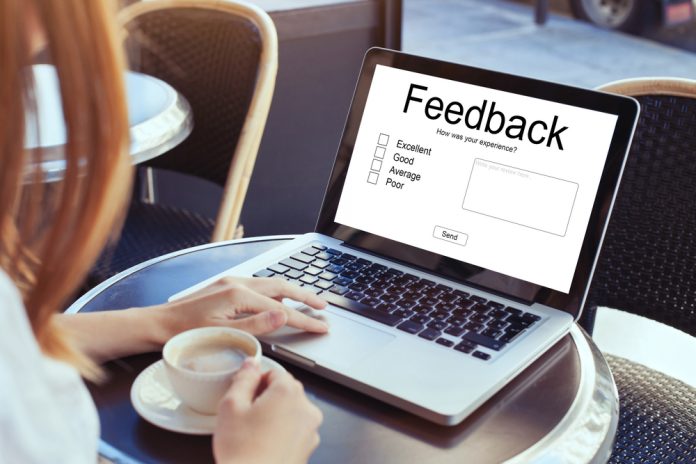There are many ways of making a hotel attractive. Great service, fine food, friendly staff and an attractive decor are all important ways of ensuring guests have a great stay and want to come back. However, while that is very good for customer retention, ensuring people will want to come back and perhaps earning you a few prizes for quality, none of that is much use unless you get people to come along in the first place.
The primary means of ensuring rooms are occupied is by bringing in people who are visiting for the first time. Good marketing is, therefore, essential, but this has changed beyond recognition from the way people sought out hotels to stay in years ago. Nowadays very few will go to their nearest travel agency and grab some brochures to look through. Instead, the internet will play a primary role for most, either when looking at hotel sites or when seeking recommendations. That means people are taking more control over their own planning and booking, rather than relying on the knowledge and labours of the middle man to do it for them.
Writing for Hotelogix, hotel marketing expert Manisha Pathak said the process of setting up a hotel stay goes through several stages, but the first two – dreaming and planning – matter the most when it comes to marketing. Once a hotel has shown it can help fulfil a dream and fit with a plan, tourists will be happy to use it as their base when they come on holiday. She noted that the recommendations of others play a huge part in influencing decision making. One of these is word-of mouth, in which friends and family offer their own tips. These may be based on where they have stayed, or indeed what has influenced them, be it online ads, their own research or the recommendations they have read.
However, the fact that people are open to being influenced by peers means they will willingly absorb a lot they read online. That means social media is a very important medium. In some cases that could simply mean a friend posting on Facebook or twitter about what a great (or terrible) stay they had in a particular hotel. However, the most relevant content from the perspective of the traveller planning a trip is to be found on review sites such as TripAdvisor. Some good write-ups on such sites are a fantastic way of ensuring hotels get lots of free advertising.
Being praised on these sites is so much better than a bit of positive feedback on your own hotel’s site, since the former comes from an unbiased perspective. The same can also be said of uploaded pictures, as these are taken from the angles and viewpoints chosen by the guest, not something chosen by the hotel to make sure they get the best bits in and hide anything that looks a bit ugly. Indeed, research has repeatedly shown that most people read hotel reviews before making a booking decision. TripAdvisor’s own research suggests 93 per cent do this and 53 per cent would not book into a place without first seeing a review. It also found around 70 per cent post their own reviews and 98 per cent regard TripAdvisor reviews as reliable.
While TripAdvisor, Virtual Tourist and similar sites are important for these reasons, do not underestimate the impact of sites like Facebook. They have their own pages on particular destinations, so if a person is going there they can look up postings from a lot of people not just their own friends – and find recommendations there. It also enables people to start or join in conversations with other Facebook users to find out more information and get extra tips.
Of course, hotels do not just have to do a good job and hope they get positive reviews. The opportunity is there to be pro-active and ensure your establishment gets a good write-up by blowing your own trumpet. This cannot be done just by telling everyone you are the best around, in the manner of old-fashioned interruption marketing. Instead, use content marketing that helps build up general interest in what is going on at and around your hotel. That may include developments like new facilities at the hotel, or positive news such as a staff member being involved in a charity initiative. It might also include content about the local area of possible interest to travellers, such as a new visitors attraction opening.
Each social media format has its own best practice. Ms Pathak noticed using a paid-for Facebook Boost campaign can reap dividends and be a very worthwhile investment. When using Twitter, the key is to use hashtags that are relevant to the potential guest, such as one linked to the destination. So if you want to boost your visitor numbers, make sure your online story is a good one and very well read too.







